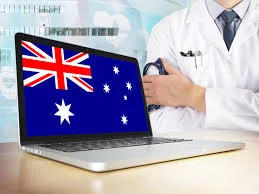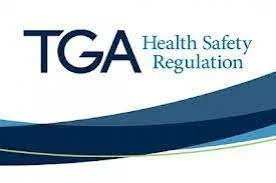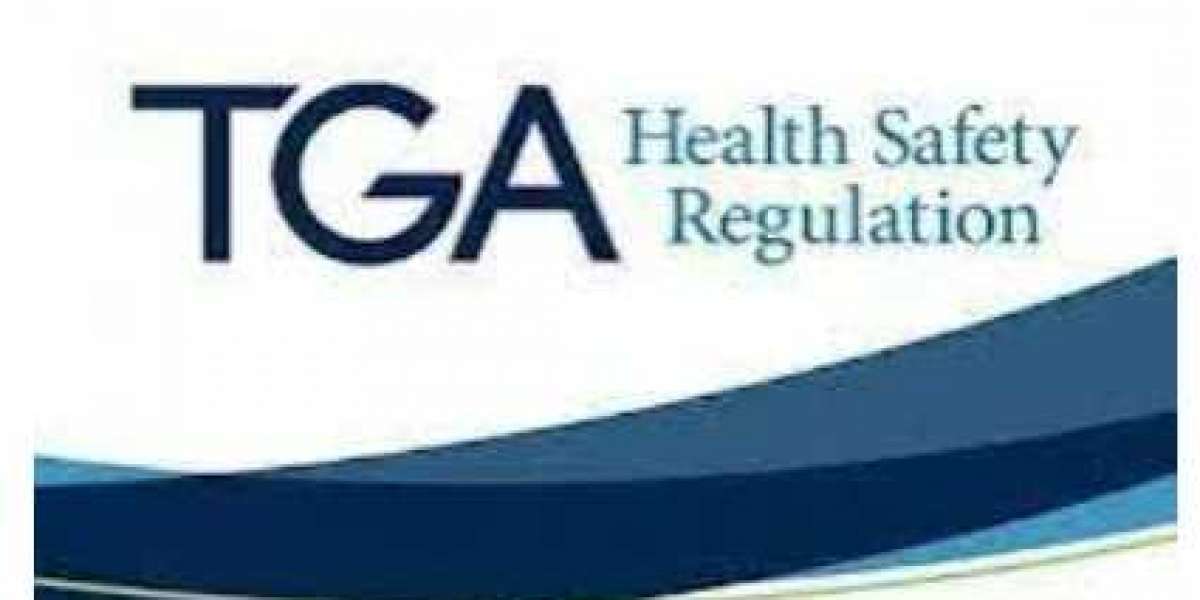Welcome to the intriguing world of medical devices in Australia! In this ever-evolving field, where innovation and advancements are at the forefront, it is crucial to understand the regulatory structure that governs these life-changing products. From ensuring safety and efficacy to monitoring adverse events, Australia has implemented a robust system overseen by the Therapeutic Goods Administration (TGA).
The Australian Therapeutic Goods Administration (TGA)
The Australian Therapeutic Goods Administration (TGA) plays a crucial role in ensuring the safety and effectiveness of medical devices in Australia. As the regulatory authority for therapeutic goods, including medical devices, the TGA is responsible for evaluating and monitoring their quality, performance, and compliance with regulations.
One of the key functions of the TGA is to classify medical devices based on their risk level. This classification system helps determine the level of scrutiny required before a device can be marketed or used in Australia. Medical devices are categorized into four classes: Class I (low risk), Class IIa and IIb (medium risk), and Class III (high risk). The classification determines the regulatory requirements that manufacturers must adhere to.
In order to market their products in Australia, manufacturers must comply with registration and listing requirements set by the TGA. This involves submitting an application dossier containing information about the device's design, intended use, manufacturing processes, and clinical data supporting its safety and efficacy.
Post-market surveillance is another important aspect overseen by the TGA. It involves monitoring medical devices once they are on the market to identify any potential risks or adverse events associated with their use. Manufacturers are obligated to report adverse events promptly so that appropriate actions can be taken to mitigate any potential harm.
The Australian Therapeutic Goods Administration plays a vital role in regulating medical devices within Australia. By implementing strict standards for classification, registration requirements, post-market surveillance, and adverse event reporting; it ensures that only safe and effective devices enter or remain on the market while protecting patient safety across all levels of risk.

Classification of Medical Devices in Australia
In Australia, medical devices are classified into different categories based on their level of risk. This classification system helps to determine the regulatory requirements and oversight needed for each type of device.
The Therapeutic Goods Administration (TGA) is responsible for classifying medical devices in Australia. They assess the potential risks associated with a device and assign it to one of four classes: Class I, Class IIa, Class IIb, or Class III.
Class I devices are considered low-risk and may include items such as bandages or non-invasive diagnostic tools. These devices typically do not require TGA approval before they can be sold in Australia.
Class IIa and IIb devices have a higher level of risk associated with them. Examples include active implants like pacemakers or surgical instruments used during invasive procedures. These devices undergo a more rigorous evaluation process by the TGA before they can be marketed.
Class III represents the highest level of risk and includes implantable cardiac defibrillators, artificial joints, and other life-sustaining or supporting devices. These must undergo extensive clinical trials and receive TGA approval prior to being sold.
It's important for manufacturers to accurately classify their medical device as it determines the necessary regulatory pathway they need to follow for market entry in Australia.
By categorizing medical devices based on risk levels, the Australian regulatory framework ensures that appropriate safety measures are implemented while allowing timely access to innovative healthcare technologies.
Registration and Listing Requirements for Medical Devices
Registration and listing requirements for medical devices in Australia are an essential part of ensuring the safety and effectiveness of these products. The Therapeutic Goods Administration (TGA), which is the regulatory authority responsible for overseeing medical devices in Australia, has established a comprehensive framework to ensure that all medical devices meet certain standards before they can be marketed or used within the country.
To register a medical device with the TGA, manufacturers must provide detailed information about their product's design, intended use, and manufacturing processes. This includes evidence of compliance with relevant Australian standards and conformity assessment procedures. The TGA carefully reviews this information to assess whether the device meets the necessary safety and performance criteria.
In addition to registration, some lower-risk medical devices may need to be listed on the Australian Register of Therapeutic Goods (ARTG) before they can be supplied in Australia. These include things like bandages or dental floss. Listing requirements involve providing basic information about the device such as its name, manufacturer details, and intended purpose.
The TGA's registration and listing requirements play a vital role in safeguarding public health by ensuring that only safe and effective medical devices are available on the market. By maintaining strict regulations around these processes, Australia aims to provide individuals with access to high-quality healthcare products while minimizing potential risks associated with their use.

Post-Market Surveillance and Adverse Event Reporting
Once a medical device is on the market in Australia, the responsibility of ensuring its ongoing safety and efficacy lies with both the manufacturer and regulatory authorities. Post-market surveillance plays a crucial role in monitoring devices after they have been approved for sale. This process involves collecting information about any adverse events or incidents related to the use of medical devices.
Manufacturers are required to report any adverse events or incidents that occur as a result of using their devices to the Australian Therapeutic Goods Administration (TGA). This allows regulators to identify potential safety concerns and take appropriate action if necessary. The TGA also encourages healthcare professionals and patients to report any adverse events they experience or observe with medical devices.
Adverse event reporting helps improve patient safety by identifying potential risks associated with specific devices. It enables regulators to assess the overall benefit-risk profile of medical devices in order to make informed decisions about their continued availability on the market.
In addition to proactive reporting, post-market surveillance includes regular monitoring of data from various sources such as clinical studies, scientific literature, complaints, recalls, and international regulatory agencies. By analyzing this data, regulators can detect patterns or emerging issues that may require further investigation or intervention.
The TGA has established robust systems for post-market surveillance and adverse event reporting. They actively collaborate with manufacturers, healthcare professionals, consumers, and other stakeholders to ensure continuous monitoring of medical device safety throughout its lifecycle.
Post-market surveillance plays a critical role in maintaining patient safety by promptly identifying any issues related to medical device usage. By encouraging open communication between all involved parties through effective adverse event reporting mechanisms; it ensures that necessary actions are taken promptly whenever there is evidence suggesting potential harm associated with certain products.

Conclusion
Australia's regulatory structure for medical devices is robust and stringent, ensuring the safety and effectiveness of these products. The Australian Therapeutic Goods Administration (TGA) plays a vital role in overseeing the registration, marketing and post-market surveillance of medical devices.
Through its classification system, the TGA classifies medical devices into different risk categories based on their intended use and potential hazards. This allows for the appropriate level of review and oversight based on the risks associated with each device.
Australia has established a comprehensive regulatory framework that prioritizes patient safety while allowing access to innovative medical technologies. By adhering to these regulations and working closely with the TGA at all stages of development and distribution, manufacturers can confidently bring safe and effective medical devices to the Australian market.
Therefore, if you plan to enter or develop the Australian medical device market, welcome to consult us (Kingsmead) to understand this regulatory environment!
Kingsmead representation and advisory services can help companies navigate the complex registration process and ensure their products meet the highest standards of safety and effectiveness. Contact us today to learn more about how we can help your company succeed.
Email:office@kingsmead-service.com.



